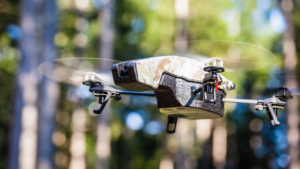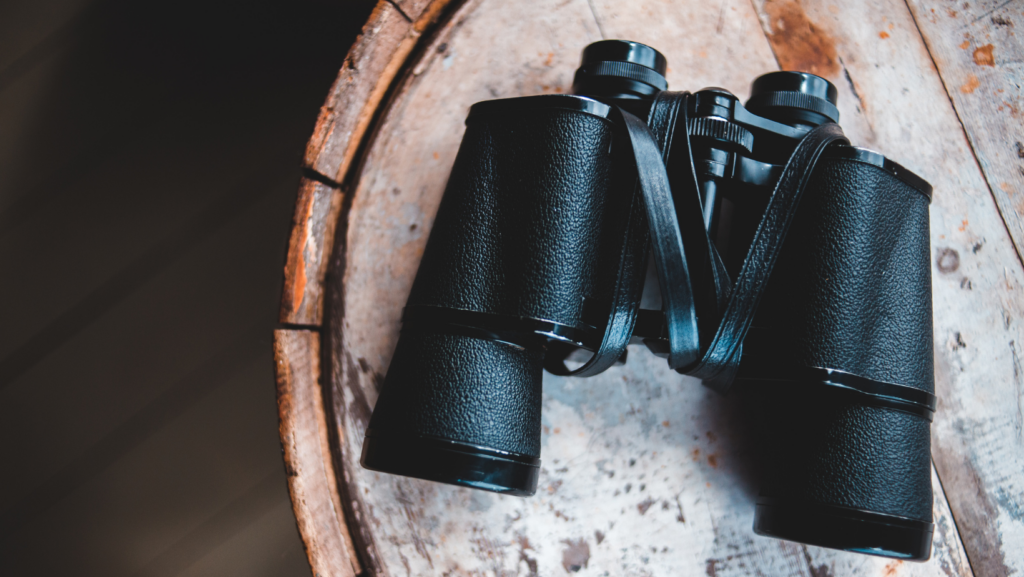Ever wondered how spies accomplish their covert operations with such finesse? The secret may lie in their toolkit.
So, ready to step into the shoes of a spy? Let’s uncover the mystique behind these high-tech devices that make the life of a spy less about danger and more about thrilling adventure.
Spy Gadgets
The trajectory of spy gadgets shift from primitive forms to modern technology. Their influence permeates through society, illustrating the changes in espionage tactics over the ages.

Emergence of spying, dating back to ancient civilizations, embraced simplistic yet effective means of communication. Smoke signaling, for instance, marked the genesis of espionage tools, aiding armies in conveying strategic information across vast distances. Transition to the medieval era saw introduction of cipher letters, turning the page towards covert communication.
In the wake of World War I, the necessities of war catalyzed the advancement in spy gadgetry. Spy devices, than just pigeons carrying messages, showcased complex forms such as invisible inks, covert cameras, secret transmitting radios, showcasing face of modern technology in espionage.
Key Innovations in the 20th Century
Intrigue for the 20th century lies in its influence on modern spy gadgets. Microdot cameras, introduced in the 1930s, marked an era of miniaturization, compressing information into tiny photographs undetectable to the naked eye. Alongside this, bugs and wiretaps took center stage during the Cold War, fostering an era of audio surveillance.

1960s saw the advent of satellite technology. Espionage widened its horizon with an eye above the sky, revolutionizing information gathering techniques. Late 20th century, however, marked digitization in spy tools. Cyber spying became predominant, promising utmost clandestine operations with complex encryptions and firewall penetrations.
The progression of spy gadgets, hence, encapsulates human ingenuity, reflecting advancements in technology. Cutting-edge innovations continue to shape spy gadgets, making espionage an ever-evolving discipline. Regardless of which period they originate, each gadget holds an important place in the history of spy technology, contributing to the shape of modern espionage.
Types of Spy Gadgets
Transcending the boundaries set by traditional methods of espionage, spy gadgets have advanced in the wake of technological progression. By categorizing them into three types, it becomes easier to study their potential and functional diversity. These types include audio surveillance tools, video surveillance equipment, and tracking devices.
Audio and Video Surveillance Tools
Building on the early foundations of communication interception and listening devices, audio surveillance tools have become intricately sophisticated. Digital voice recorders offer one embodiment of this advancement. These devices record conversations inconspicuously, sporting reduced sizes. Parabolic microphones present another example of such tools. With their unique ability to capture sound from afar, they make long-distance listening possible. GSM bugs further add to the spectrum of audio surveillance tools. They work by linking to mobile networks, enabling remote listening of conversations.

Following the rise of visual data’s significance, video surveillance equipment has made substantial leaps of evolution. A noteworthy instance arises in the form of mini spy cameras. They offer the advantage of capturing video while staying unnoticed due to their small sizes. Button cameras make another classic example. Blending in with clothing, they offer an exceptional level of concealment.
As the necessity for location tracking expanded, so did the relevant spy gadgets. GPS trackers manifest this growth most prominently. Compact and highly accurate, they provide location data in real time. Additionally, spy gadgets like RF transmitters make extensive contributions. Emitting radio frequencies, they can be tracked to the point of their origin.
Emergence of Spying
Spy gadgets have come a long way. They’ve evolved from simple tools to advanced technology, playing a significant role in both personal and business security. Hidden cameras and GPS trackers aren’t just for espionage anymore – they’re part of our everyday lives, helping to safeguard our homes and loved ones. They’re also vital in the business world, deterring theft and protecting intellectual property. But it’s not just about the tech. It’s about understanding the legal and ethical boundaries too. Knowing the privacy laws in places like the US and UK is key.

